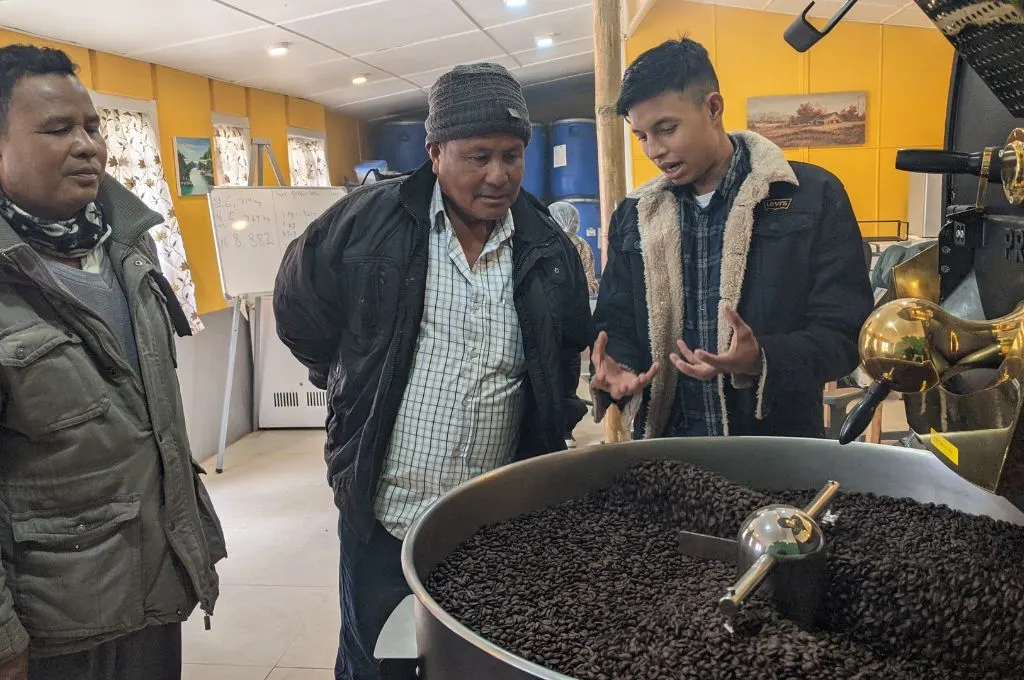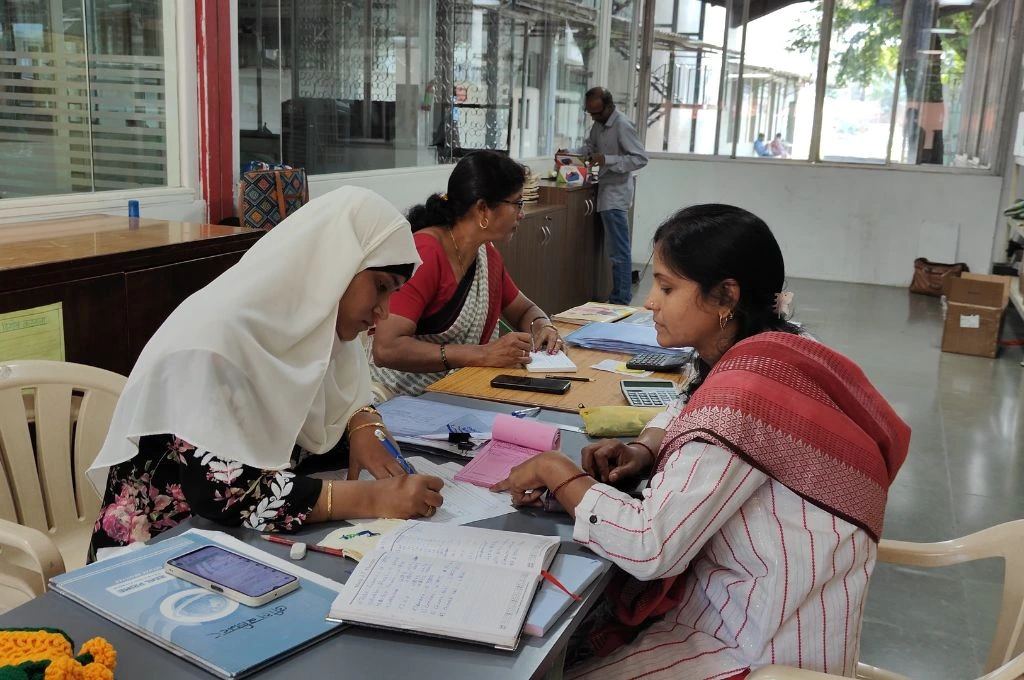Inclusive business has received much attention and investment over the last decade, yet the question persists: Why do so few inclusive models scale?
While it is hard to generalise findings– several factors can prevent a firm from scaling, from leadership to financing to regulation – many products and services seem to struggle because entrepreneurs and funders significantly overestimate consumers’ adoption of solutions.
Bad options aren’t the same as no options.
In most instances, low-income consumers across geographies actually have existing solutions in healthcare, sanitation, education, energy or any of the other areas the impact community actively looks to address.

Visiting rural UP to see my grandparents and numerous relatives, I’ve seen development happen over time–the transition to pukka or brick houses, increased prevalence of hand pumps, wider electrification in varying degrees, ubiquity of television (at times powered by car batteries), and more in-home toilets.
[quote]Customers evaluate new and ‘superior’ products against existing solutions.[/quote]
Yet, even in households where toilets do exist, customer research shows that facilities are not always used. Instead, many family members pass them over for a seemingly ‘superior’ choice of defecation in the fields. The fields, it would appear, offer greater ventilation, more light, and for men who tend to spend time in the fields, greater convenience. In fact, even women, used to the nightly walk with their friends, in places where safety is not a concern, may continue this practice even as they use the toilet during the day.
Customers, quite rationally, measure new and ‘superior’ products against existing solutions, factoring in the cost and benefits of switching-over.
Related article: Redefining social entrepreneurs


Photo Courtesy: Pixabay
Switching-over costs for the customers matter.
The field of healthcare is a good example of where the cost of switching over can inhibit scale. Customers assess the quality of healthcare services primarily by how quickly they feel better. Rational healthcare providers may therefore encounter significant challenges in getting customers to switch over.
This became clear while travelling in rural India to identify viable primary care models for a project funded by the Bill and Melinda Gates Foundation. We visited various rural medical practitioners (RMPs) , who operated out of small, often dark rooms, which had curtained partitions that served as both consultation and treatment rooms.
Many of these rooms appeared to be veritable dump sites for used glucose drips. Through this surprise discovery we found that glucose drips and steroids were the treatment of choice for a variety of conditions, from general malaise to a cough and cold or a fever.
Speaking to doctors and RMPs alike, we found a fairly pragmatic attitude and even some impatience with our questions. Low-income customers are often day labourers and prolonged absence can lead to significant losses in income. Therefore, waiting for the illness to take its course is not a viable option though it may be the rational treatment and beneficial to the patient.
In the absence of regulation, or the adoption of a similarly pragmatic approach by most customers, customer education therefore becomes critical.
This can be a long-drawn out and expensive undertaking, and at times, a linear escalating cost across geographies. It can also mean that the time horizon for adoption and thereby overall model viability, is longer than what entrepreneurs and funders may have initially anticipated.
Value is subjective.
Understanding what customers value and what existing profit-driven providers are responding to, can be critical in ensuring competitiveness of a social enterprise and hence its ability to scale.
Impact-driven providers of affordable education may debate pedagogy and curriculum but the market is dictated by existing providers who sell the low-income parent on attributes like technology and their child’s ability to speak English. The former may in reality be nothing more than a tablet per classroom while the latter often translates into students reciting poems from rote memory with little ability to understand and actually speak the language.
[quote]Quality is often a nebulous idea and customers end up looking for proxies.[/quote]
Quality is often a nebulous idea to low-income parents who may not be educated themselves and therefore end up looking for proxies, which are reinforced by existing providers. It is therefore important to address existing expectations and respond to customer perceptions of quality.
Knowing how to market and what to communicate to the customer i.e., what the customer is likely to value, can make the difference between a push or pull product.
Competitor analysis is therefore key, even if the competition is not up to the mark.
Both funders and entrepreneurs stand to benefit greatly from recognising that most problems are often already being addressed in some form, even if they may not meet the impact community’s idea of an ideal solution.
Studying existing solutions and undertaking competitor analysis may unearth findings that lead entrepreneurs to:
- Tweak product/service design and key attributes
- Tailor communication messaging and channels
- Factor in additional costs for the business model (due to the switch-over costs for the customer). This could be in terms of upfront costs such as customer education and/or delays in adoption that lead to longer times to cost breakeven.
Funders, as well, benefit from this analysis: it may mean a significant alteration to return expectations and timelines. Business models grappling significant switch-over costs may require more patient capital as adoption may see a tipping point much later on.
1. Western UP (the “sugar belt”): a region which on average has higher provision of/ access to basic amenities, infrastructure (driven by agriculture and industrialisation and a corresponding higher net domestic product) to other parts of UP
2. Rational treatment/ use of drugs is per the WHO is when ‘patients receive medications appropriate to their clinical needs, in doses that meet their own individual requirements, for an adequate period of time, and at the lowest cost to them and their community’.
3. Rural medical practitioner- an often-untrained health provider prescribing medicine and other treatments, who may have apprenticed as a pharmacy assistant or a doctor’s assistant.




